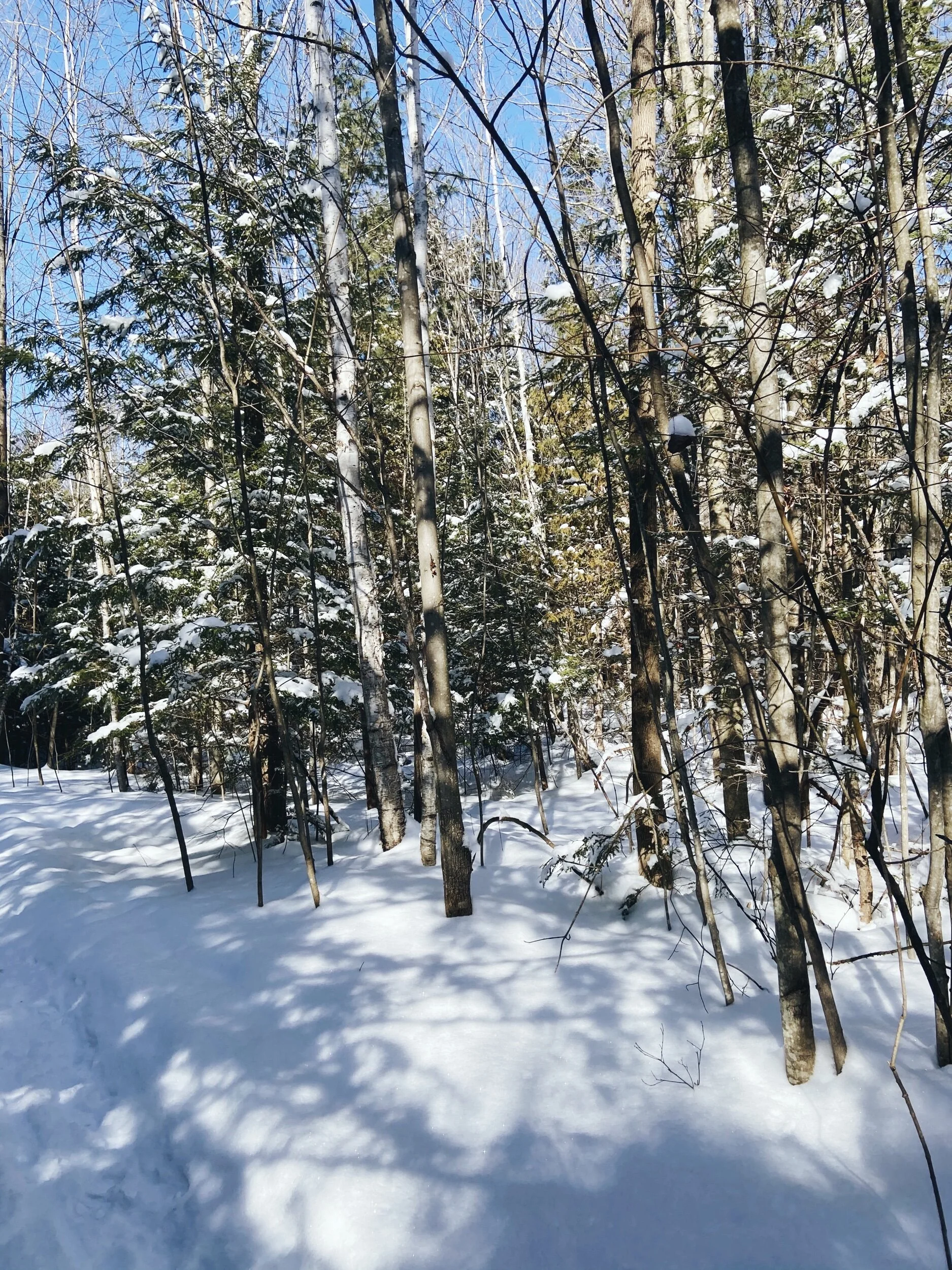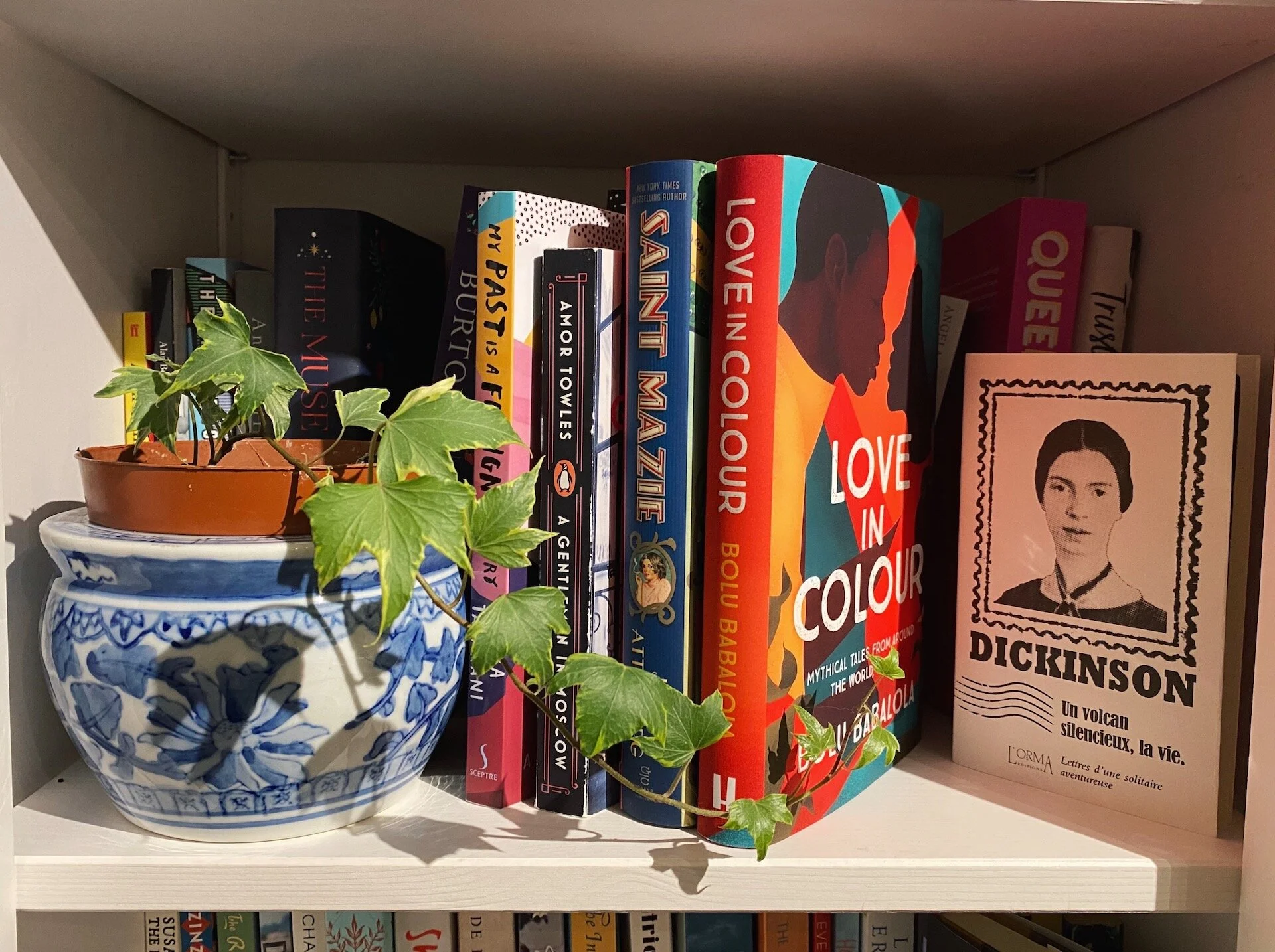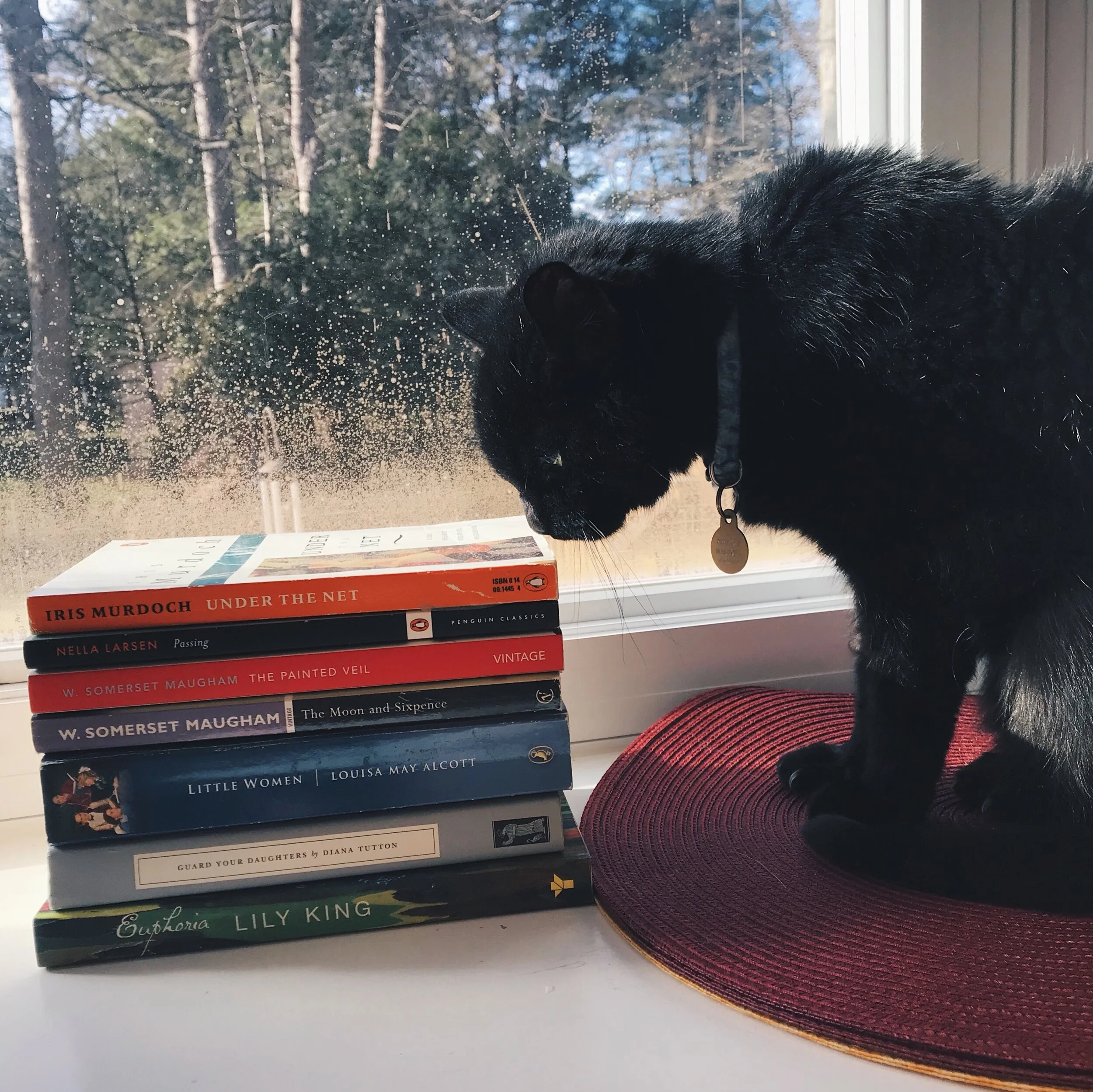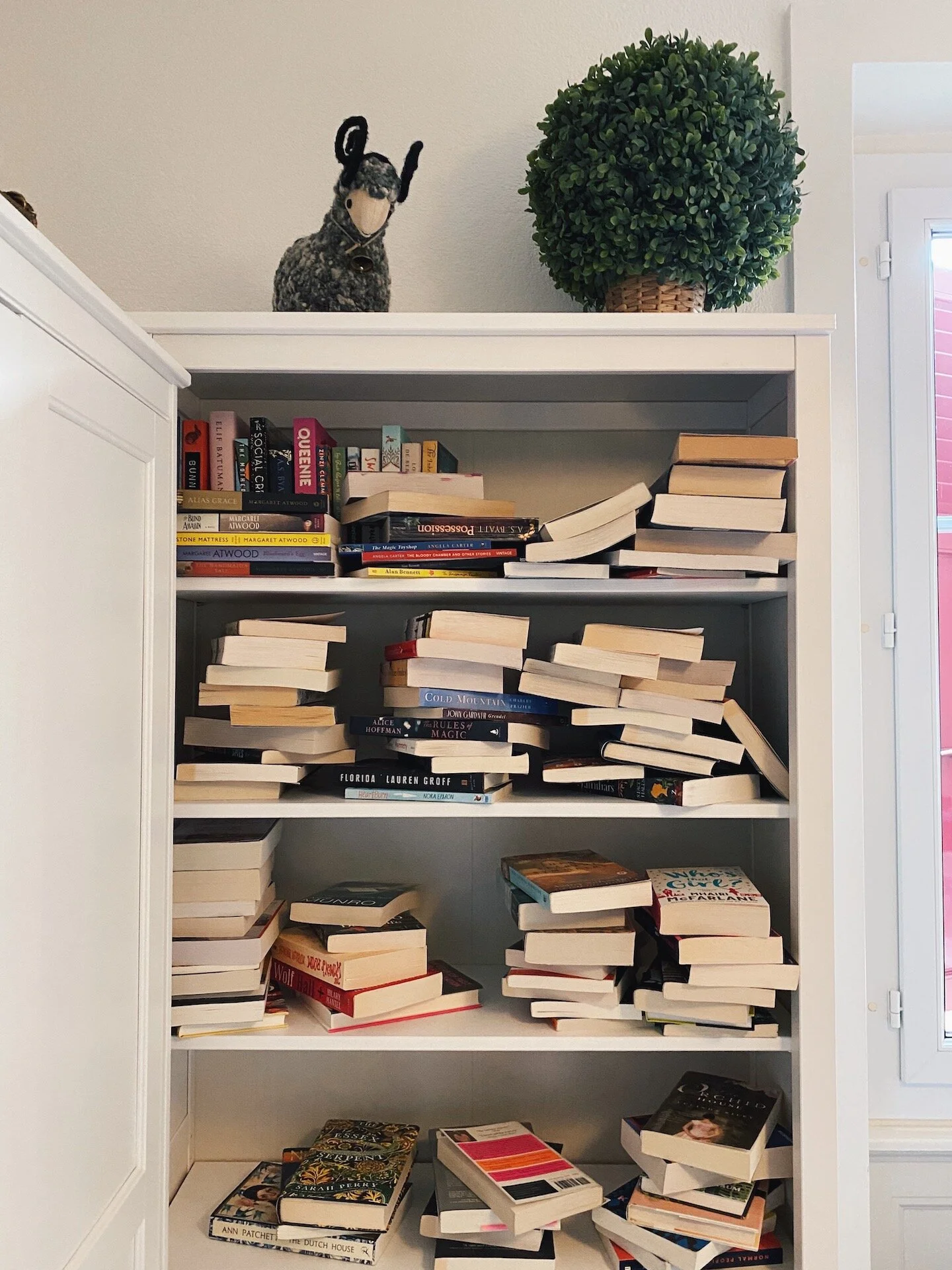The Beautiful and the Decrepit: Haunted-ish Houses to Get Lost In
All photos courtesy of Vesna Curlic.
Like so many of us, I have recently found myself thinking about what a space needs to constitute a home. Things like outdoor areas, windows, and house size have taken on a more urgent importance lately. I’ve relocated to my family home, where I am grateful to have some green space and comfortable armchairs to nest in, which I wouldn’t have had at my apartment at university. The necessary trade-off being no real workspace and suddenly being forced to navigate living at home indefinitely for the first time in seven years. While staying home, I’ve found myself curious about other peoples’ homes, catching glimpses of home offices and bedrooms in video meetings. A crooked family picture hung on the wall here, an old trinket there. These tiny intimacies of people’s family homes pepper their Skype backgrounds and reveal sides of friends and supervisors that I’ve never seen before. This fascination with homes isn’t new for me – my master’s thesis was about domesticity and my PhD takes place largely in the Victorian home as well. But it has taken on a new cultural importance. In turn, I’ve found myself revisiting novels I’ve read that prominently feature the home.
“Once grand, these homes are now adrift, not yet abandoned but still merely shadows of their past glory.”
The houses in these novels are largely dilapidated, remote, and past their prime. With memories of better times looming, many of these homes have a haunted quality, even if they aren’t explicitly in ghost stories. Once grand, these homes are now adrift, not yet abandoned but still merely shadows of their past glory. Many of these novels also have strong Gothic overtones, inspired by the classic Gothic mansion novels – Jane Eyre, Wuthering Heights, Rebecca. Here, I want to highlight some more modern incarnations of the figuratively haunted house.
Books that have a strong setting have always felt the most all-encompassing to me. Long after I’ve forgotten the characters’ names and the finer details of the plot, I will often remember a book’s atmosphere, the way the environment looked in my mind’s eye. Ultimately, I think it is this ability to whisk me away that has been the most alluring to me during this period of self-isolation. While I stay inside my home for the foreseeable future, these books allow me to be inside other homes and inside the minds of other people, allowing me to escape the anxious banality of current world events.
Bitter Orange by Claire Fuller (2018)
Frances Jellico arrives at a ramshackle manor in the English countryside, tasked with the duty of writing an architectural report of the gardens. It is the summer of 1969, but neither Frances nor the manor show any signs of being touched by the radical cultural changes of the era. Her housemates, however, have fully embraced a fast-living lifestyle. Frances meets, and quickly finds herself intoxicated by the glamorous antics of the dazzling young couple, Peter and Cara. Soon, unsuspecting, straight-laced Frances is sucked up in their self-indulgent way of life – elaborate meals, plenty of wine, and excessive luxuriating. Frances’ naiveté often forces the reader to read between the lines, picking up on implications from the other characters. In a haze of hedonism, alcohol, and languishing summer, their partying begins to take on an ominous character as bad omens begin to crop up.
The house facilitates Frances’ mounting fascination with the shocking couple, as she discovers a peephole that allows Frances to spy on Peter and Cara from her own attic room. Through the Judas-hole, she is able to see the intimacies of their relationship and the murkiness lurking below their glittering surface. As tensions between the three of them build, the house creates the perfect background for their downfall. Largely empty and falling apart, this gives the whole story an air of the supernatural. Like so many excellent psychological thrillers, this novel has the reader questioning what is real and what is not, forcing us to parse through the haze of debauchery to reveal a shocking ending. I read this book in two frantic sittings, in a gluttonous way I hadn’t read in years.
I Capture the Castle by Dodie Smith (1948)
Set in a dilapidated yet charming castle in the English countryside, this book is a romantic, lighthearted coming-of-age story, told through teenaged Cassandra Mortmain’s diary entries over the course of six months. Cassandra’s journal entries are studded with a quirky, delightful cast of characters, including a stepmother who enjoys connecting with her spiritual side by standing outside in only her galoshes. The family’s odd normality transforms when a pair of handsome American brothers become their neighbours, harkening in a new chapter of the Mortmains’ lives.
The house is at the heart of this story. Part fourteenth century castle, part countryside manor spoiled by Victorian taste, and wholly stripped of all valuable or unnecessary furnishings, Cassandra spends much of her journal entries describing her peculiar living arrangements. The eccentric space often adds an additional layer of humour to the strange situations the Mortmains find themselves in, including the iconic opening scene where Cassandra announces that she is writing her journal from the comfort of the kitchen sink to help bolster inspiration to write. Though it is set in a house befitting the Gothic moniker, I Capture the Castle is distinctly not Gothic. In fact, it is the gentlest and most calming of all the books on the list. I found this book most delightful when consumed in a patch of sunlight, in the spring or summer, with a big glass of some cold, sweet drink.
We Have Always Lived in The Castle by Shirley Jackson (1962)
In many ways, I’ve always imagined this as the dark counterpart to I Capture the Castle. Possibly because of their similar titles, possibly because I read them within a few months of each other, or possibly because they both centre younger-sister narrators who, for one reason or another, find themselves stuck largely at home. After a mysterious family tragedy, the two surviving Blackwoods, sisters Merricat and Constance, find themselves isolated in their grand Vermont estate with their ailing Uncle, alienated from the rest of the community. Their peaceful, if eccentric, way of life is interrupted when their estranged cousin arrives, bringing trouble with him. Through Merricat’s unreliable narration, the reader is able to catch glimpses of the house, building an image of a creepy old mansion, with the small remaining family allowing many of the more formal rooms to fall into disuse.
I find myself reaching for We Have Always Lived in the Castle right now, and whenever I am looking for a book with an old house as the setting. This despite the fact that The Haunting of Hill House is certainly Jackson’s more famous house-centric novel, being a tenet of the haunted house genre. I think I’ve always preferred We Have Always Lived in the Castle because, dark subject matter at the heart of this book, the house represents a sanctuary for Merricat and especially the agoraphobic Constance. The house is not the enemy, but rather a protective space from the scary outside world and the taunting rumours that circulate out there. The protective nature of the house is even further reinforced by Merricat’s tendency towards little magical knick-knacks she places around the house, which she believes keeps her home safe. As someone who is superstitious to a fault, I can’t help but find the use of good-luck charms as a metaphorical safety blanket deeply sympathetic. Ultimately, this is an excellent short novel if you’re in need of a quick, creepy read.
Paying Guests by Sarah Waters (2014)
If you’re looking for an excellent modern Gothic novel, Sarah Waters is always a safe bet. Many of her novels would fit nicely alongside the others in this article, but I selected The Paying Guests in part because of the prominent importance of the house and in part because it was the first Waters novel I read, introducing me to one of my now-favourite authors.
Set in the interwar period, The Paying Guests takes place largely in an old Victorian house that hasn’t caught up to the chaos of the modern world – and neither have its inhabitants. The frumpy Frances Wray and her mother find themselves alone in their oversized house after the loss of their male family members in the war. Quickly running out of money to keep the house afloat, the duo takes in a young couple from the clerk class as lodgers. The stylish Lilian and Leonard Barber bring the youthful and modern energy needed to liven up the old house. But, their arrival also harkens the end of normalcy in the house, bringing with hidden desires and betrayals that signal the downfall of its inhabitants. The descriptions of the house on Champion Hill are delicious, especially the descriptions of the Barbours’ modern apartments. Waters paints the image of colourful, rococo-inspired furnishings, just this side of tacky, in stark contrast with the morose Jacobian furnishings from the rest of the house. The setting is engrossing and atmospheric, creating the perfect background for the intense plot.
And Then There Were None by Agatha Christie (1939)
Ten strangers arrive on a remote island off the coast of Devon, each lured there for different reasons. Before the end of the first night, one among them is dead. As the body count increases, the strangers are forced to reckon with their own guilty pasts and suspicion against each other. The story is familiar, the title is iconic, and the novel is a must-read in the mystery canon. For the characters of this classic mystery, the house is a puzzle in and of itself. When people start dying, the characters take it upon themselves to search the house, seeking a hiding place for the murderer. Of course, the story takes on a particularly eerily chill when the reader discovers that there is no one in the house except the ten characters. The house, standing alone on an otherwise uninhabited and difficult-to-reach island, has become an iconic symbol of the mystery genre.
I’m a ravenous consumer of Christie novels. Anytime I find myself in a dusty old bookstore, I’ll gravitate towards the mystery section, buying up tattered Agatha Christies by the handful. Even still, I can recognize that not everyone loves classic mysteries as uncritically as I do. And Then There Were None doesn’t fall for any of the tropes that makes some Christie novels veer into cheesy territory. There’s no all-knowing detective/genius and while the plot might feel predictable, this is the masterful original upon which the imitations have been built.
If you’d prefer your classic mansion-based mysteries visually, I’d strongly recommend pairing your reading of this Christie classic with the 1985 cult classic Clue, based on the board game of the same name. It is a cheesy and often hilarious romp through the now-iconic tropes borne by this novel. For a more serious adaptation, 2015 BBC miniseries version of And Then There Were None holds its own against the many adaptations of this story.
Vesna Curlic is a PhD student, studying medicine and disease in the nineteenth century. Her interests include mystery novels, dinner parties, and everyday luxury.











Reading Naoise Dolan’s Exciting Times and Katie Kitamura’s Intimacies, Rachel Tay explores the unease of moving away from one’s own country and language.